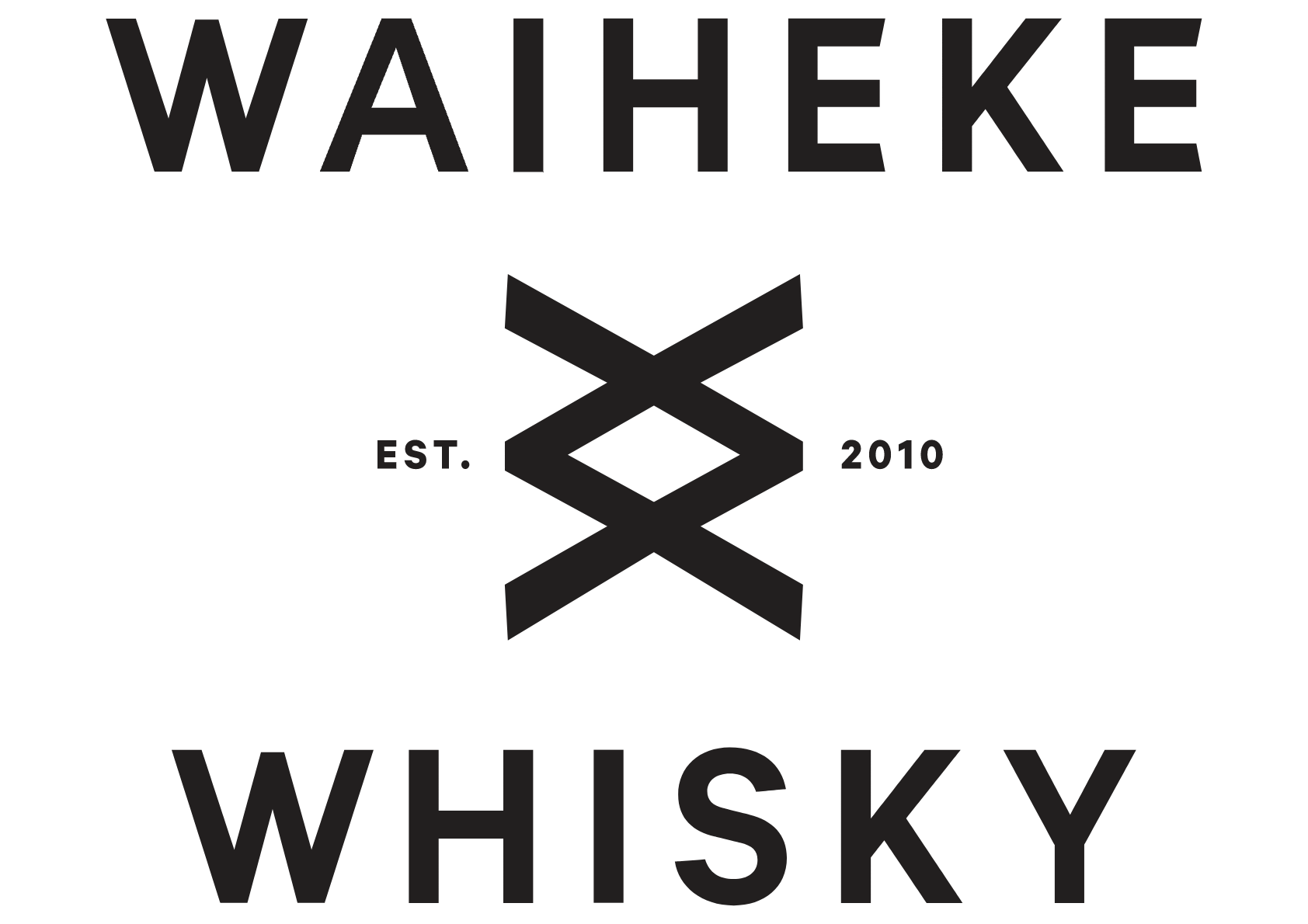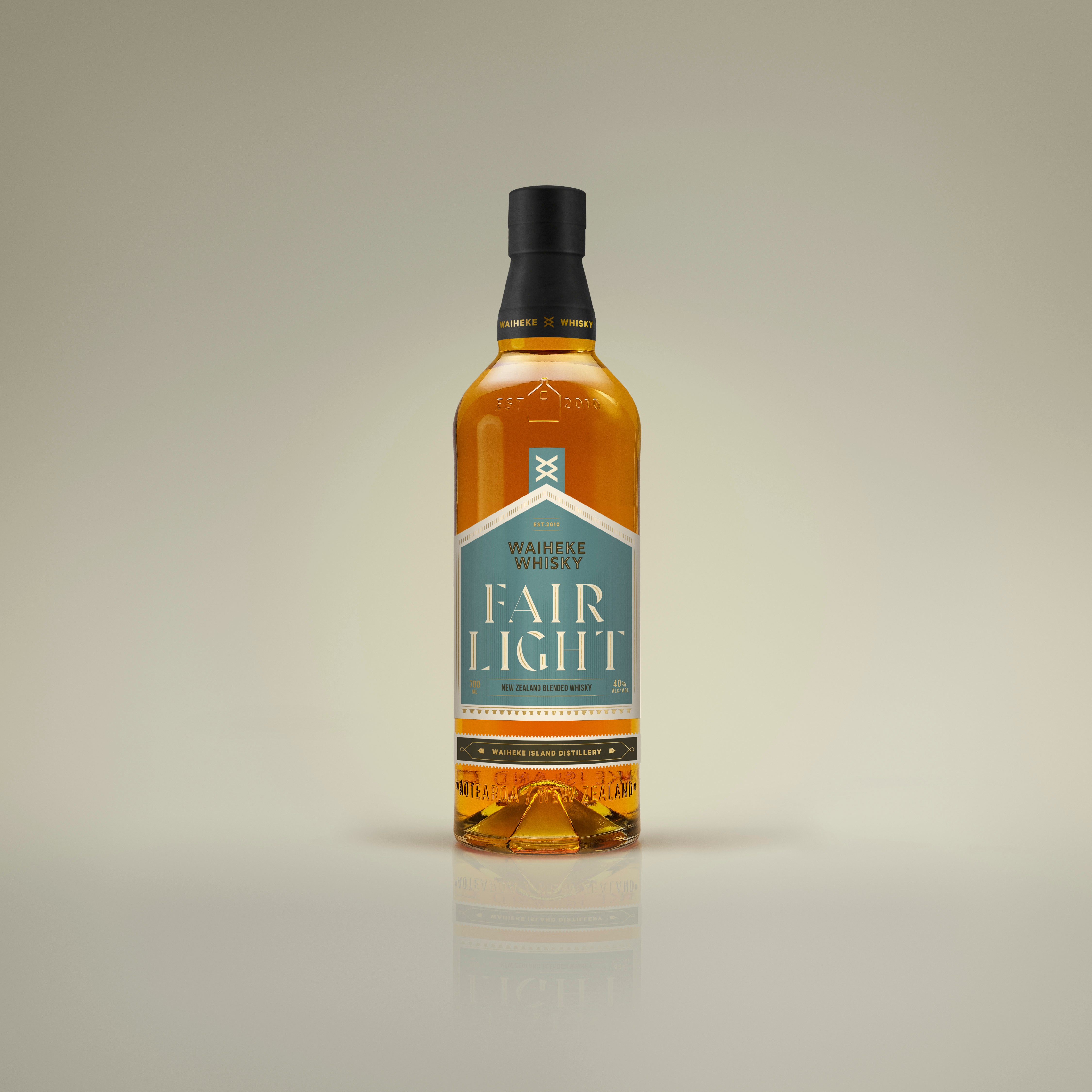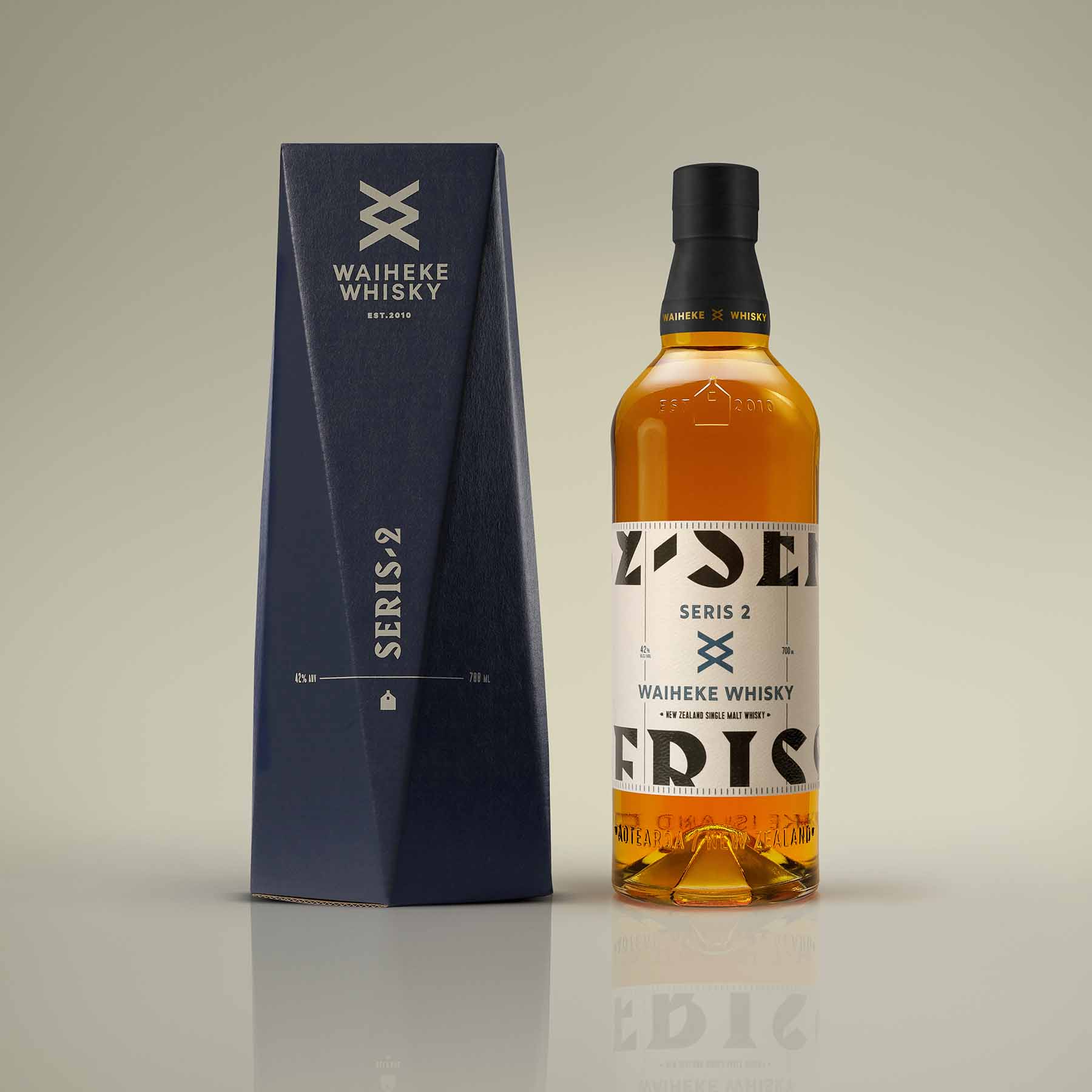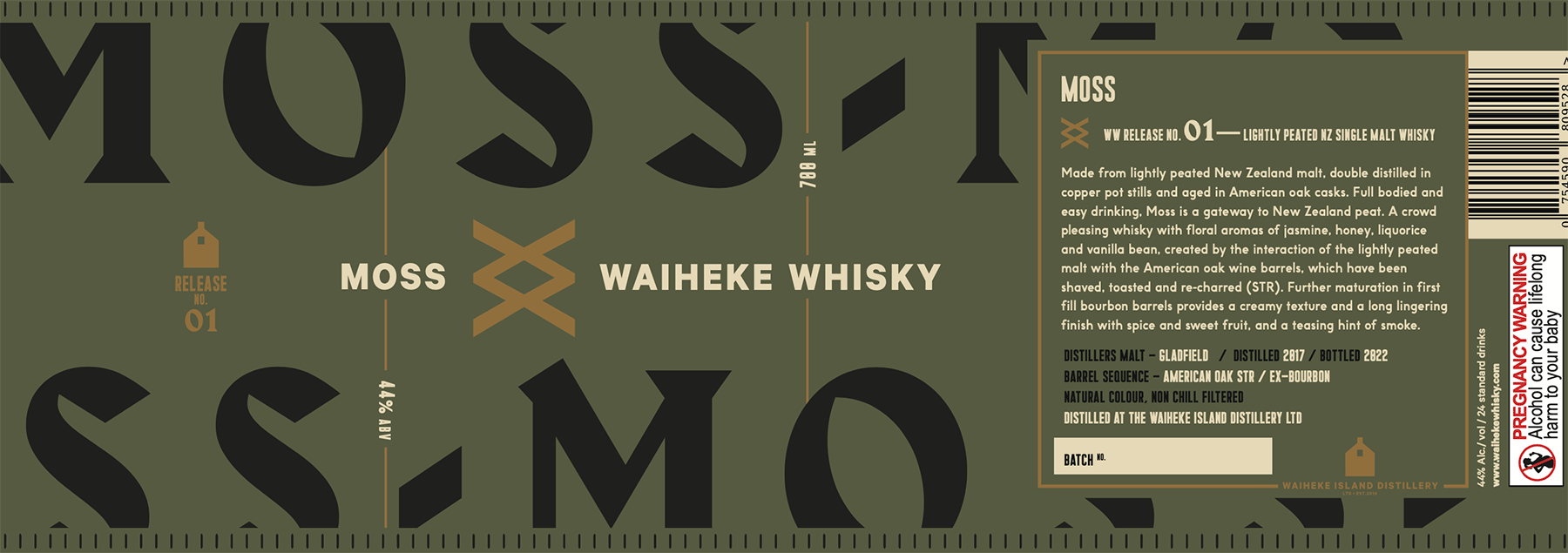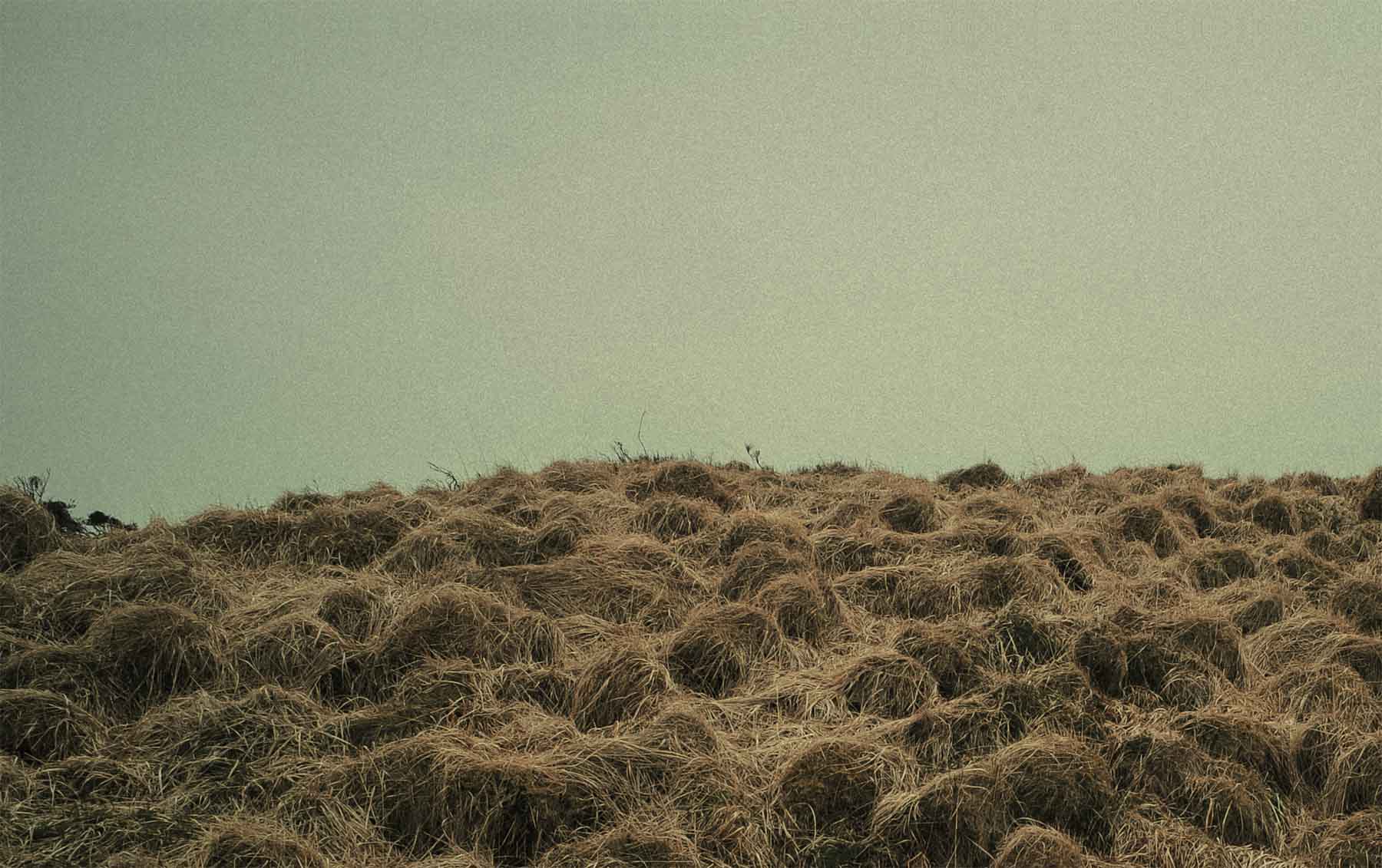
Why NZ peat is different.
We set out not to make a facsimile of Scottish whisky in New Zealand, rather a Whisky of this country, using our barley, water, yeasts and in our case, New Zealand Peat.
The flavours and chemicals the peat imparts are due to the decomposed and partially carbonised material that makes up its composition.
The Islay peat has marine vegetation and sea salt giving iodine, tar and seaweed.
The peat we use is from the South Island, it is a moss and wetland predominant peat. It imparts a more mellow and gentle peat compared to the northern hemisphere cousin. We use a bog based peat, composed of sphagnum moss and wire rush, sedges and flax. New Zealand peats are generally wood-less, our most common swamp trees [ Dacrycarpus ] do not form peat. The tree lignin is thus absent giving less smokiness.

NZ Society of soil science, 1980.
Many shrubs are characteristic components of New Zealand peatlands, most are members of either the Myrtaceae [ Eucalypts ] or the Epacridaceae, both of which are exclusively Southern Hemisphere families. These resin producing plants contain aromatic oils such as eucalyptus oil or tea tree that burn readily and contribute to the unique nature of NZ peat.
How does it taste?
We like to say that “it’s peat, but not as you know it Jim”. The peat bogs of NZ are composed of the unique flora and fauna of this country and the peat has very different characteristics once its interacted with the barley in the malting process.
Our malts come from a trusted partnership with Gladfield Malt on the Canterbury Plains in the South Island of New Zealand. Initially we dug up some marsh lands on our property here on the island, but luckily the bogs in Southland have been working for thousands of years to create exactly what we needed. Gladfields peat our barley to our specifications and the result is the peated whisky that is coming out of Waiheke Whisky now.
More gentle than Islay and less smoky are a few comments. Umami and mushroom qualities and also “back end” peat have all been used to describe how the peat develops. It has a resinous, liquorice quality that you can really taste in our first release, “Moss” even in its lightly peated form.

Try our NZ Peat Tasting Pack for a snapshot of our obsession with NZ peat and our "geek" version of the virtual tasting video from that pack goes into the peat in more detail.
Phil Gow has a great video on peat here, including detail of our NZ Peat.
